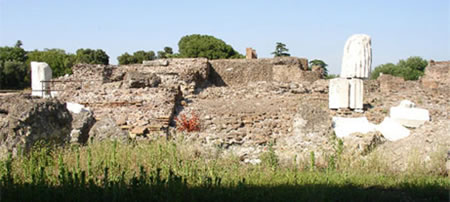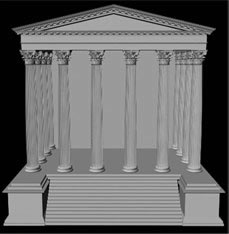The area is Derbyshire, England, and the coins are so rare that one of them is entirely unclassified and the other kind hasn’t been seen since 1975. Rare Roman gold coins unearthed in Derbyshire.
The museum’s Sam Moorhead, an expert in Roman antiquities, said: “These are the two most stunning coins I have ever seen and I have looked at over 30,000.
“Ethically, I am not allowed to put a valuation on them but I reckon they are priceless.”
This is the best picture I could find, I’m sad to say:

I want to see them in all their golden glory, but the Derbyshire paper must have a dial-up readership or something, ’cause their pictures are loooow res.
 Iran and Italy have
Iran and Italy have 


